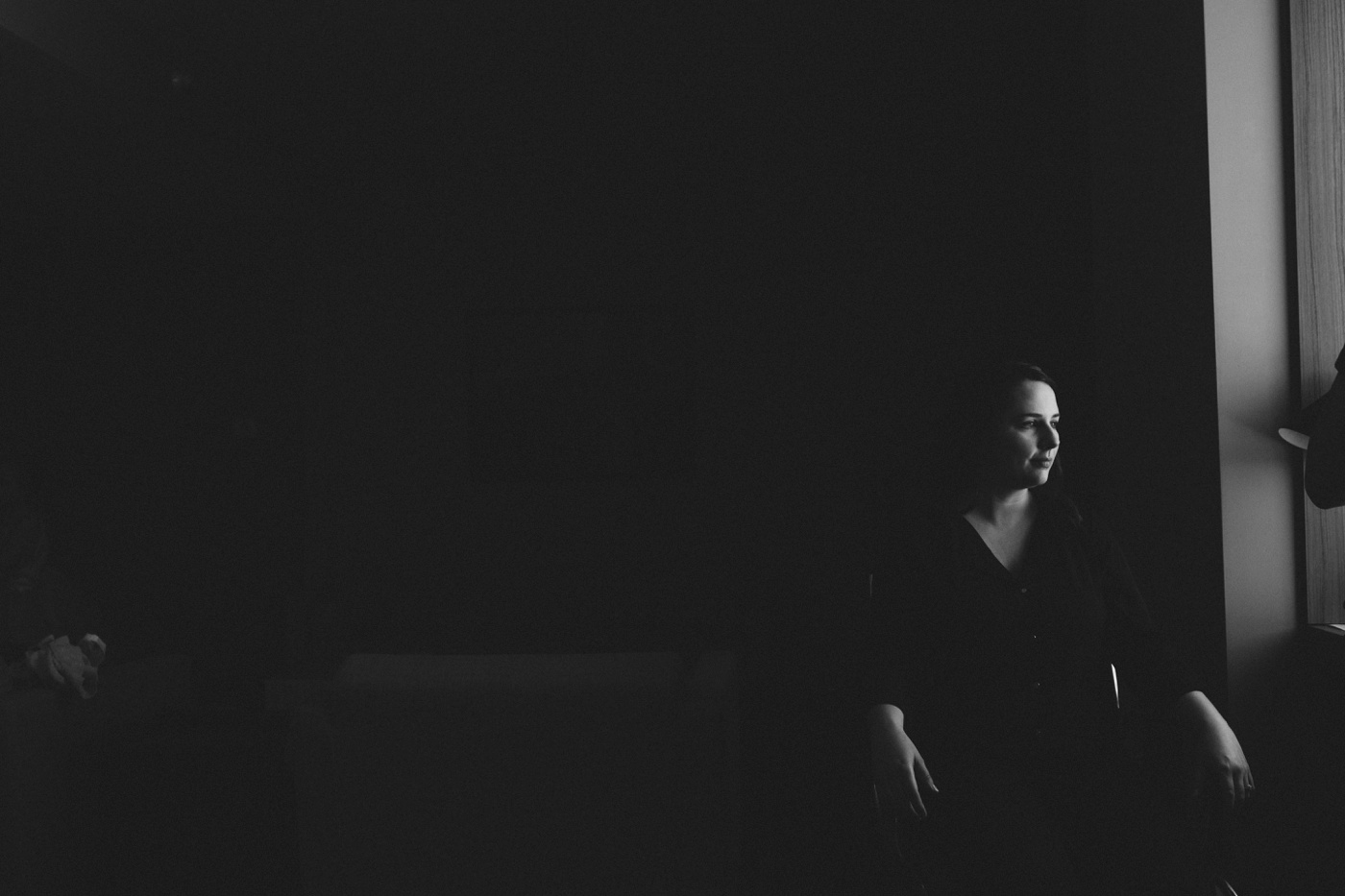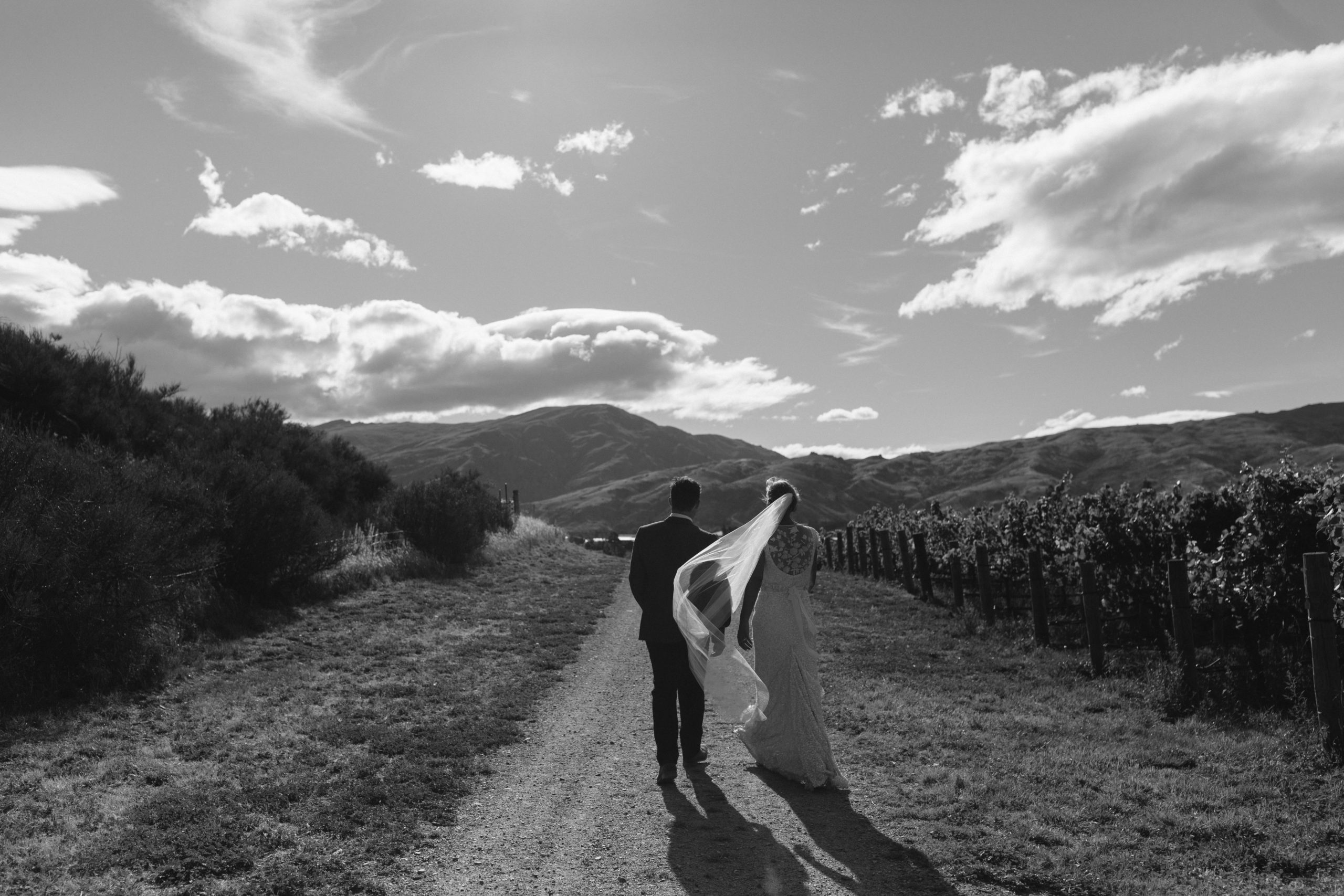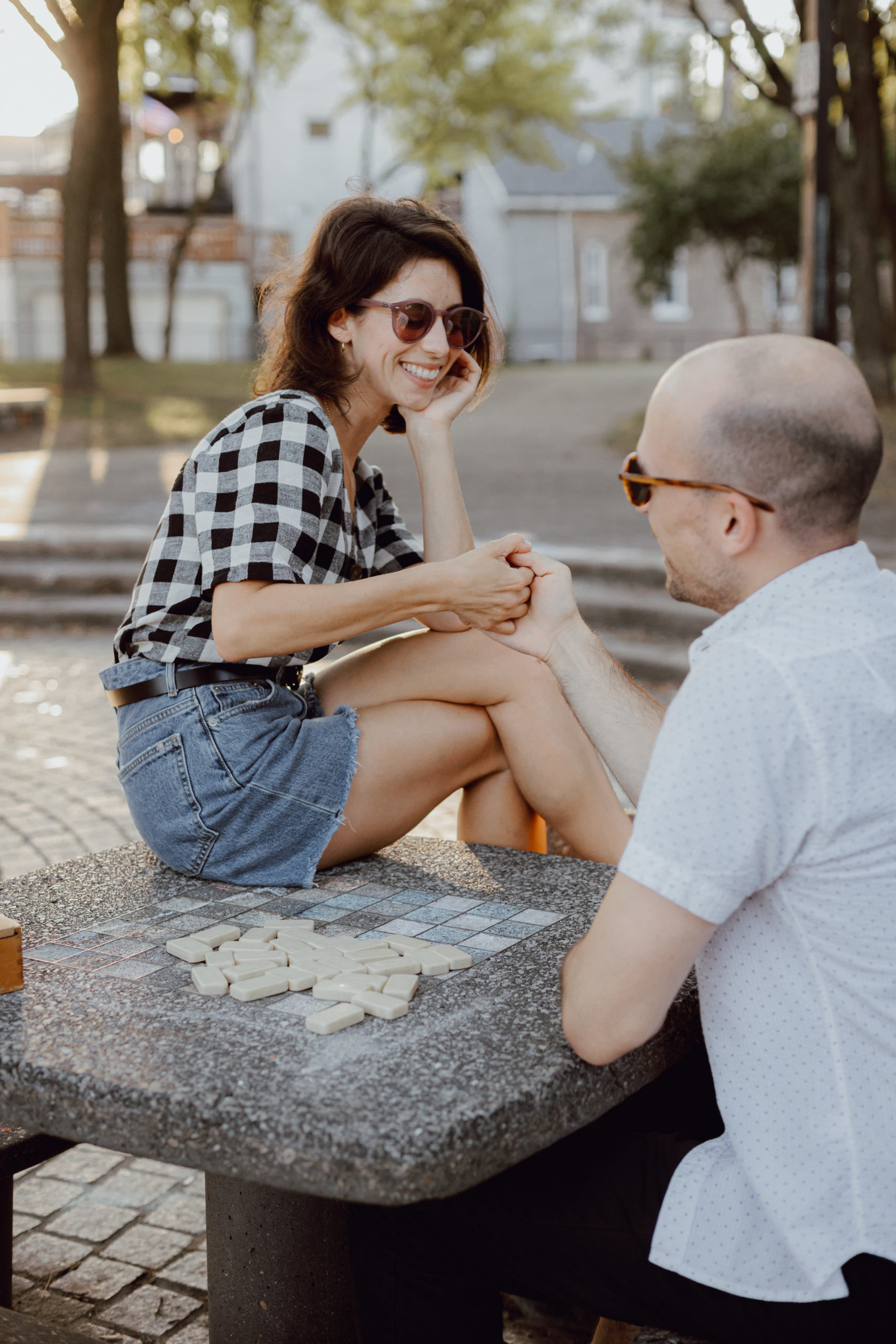
Light is one of the most important aspects of photography. As a natural light photographer this is huge for me. Without light there would simply be a black negative. So how does one plan for light? Why is light important on a wedding day? Light plays a critical role in photography and probably your own photographer’s photography. Just look at the photographs that your photographer has taken and how they view light. There is various shades of lighting; there is good light vs bad light, harsh light vs soft light, warm light vs cool light… Lighting that is too dark, too bright, too yellow… The list goes on. Before you begin your wedding timeline planning, I recommend you talk to your photographer about what kind of light they seek out on your wedding day. Every photographer is different and photographers vary in style. While couples joke that they pray for a sunny wedding day, most photographers joke that we pray for a cloudy wedding day. The truth is, clouds are our best friends and can provide some of the most beautiful light. Dawn and dusk are the most popular for the best lighting in general. Just before dusk is nicknamed “the golden hour.” Because it’s that beautiful golden light.
While lighting doesn’t play the most important role on your wedding day like your love does these tips can help ensure you maximize beautiful light on your wedding day to help create stunning photographs. You do not have to apply all of these tips. They are there to help you plan and educate you on what can help make a great photograph. Happy planning!

Getting Ready. //
On your wedding day choose a clean, bright room for you and one for your significant other. Choose wisely. Get ready in your own home, childhood home, or find a unique hotel, Airbnb, or cute bed & breakfast. Pick the biggest room with the best window lighting. Remember, natural light is key here. As a photographer, I tend to shut off any light that casts yellow. Yellow light can make a person look orange and can be difficult to correct in post when mixed with natural light from a window. Keep clutter in this room to a minimum as nobody likes water bottles and random suitcases in their photos.


Ceremony. //
If you are planning your ceremony between 8am and 3pm I recommend you find a shaded area for your ceremony or somewhere not in direct sunlight, if it is outdoors. Direct sunlight [midday] can leave harsh shadows under eyes and noses, make everyone squint, burnt out skies and be unpleasant for your guests. Get married in a forest or under a large tree. For nighttime ceremonies, lots of candlelight or string lighting is preferred. Indoor ceremonies: large windows. Lots of natural light. Also try to not have the alter set-up in front of a window. If there is not a large source of natural light, try using chandeliers or large bulb string lights.

Portraits. //
Portraits will happen at any point in the day no matter how you plan your wedding day. First looks, sunset photos, family portraits, random bridals here and there. On sunny days, plan for shaded areas. Plan your photos to be taken in a patch of shade, a forest or a north-side facing building. No matter what the best lighting will be later in the day, closer to dusk. Schedule some time before and after your ceremony for portraits. My personal favorite time of day is just before and just after sunset when the light is at its warmest and coolest.






Reception. //
Receptions are an anything goes kind of ordeal. Since receptions typically happen in the evening there isn’t natural light and that’s okay! Light your reception with string lights (small and large bulbs), chandeliers, or candles. Ask your venue or wedding coordinator not to dim the lights until after the speeches and “main” dances have taken place. This will help with capturing the ambience of the room or reception location. I love to try to use my flashes as little possible and try to catch the natural ambience of the room. I save the flashes for those epic dance floor photos. Speaking of dance floors. DJ’s typically will provide some type of uplighting or “dance” lighting. I do not recommend having your DJ provide you with any colored lighting or the lighting with the miniature spots or lasers. These typically cover whoever is dancing with tiny spots. I recommend asking your DJ to stick with only white light until open dance floor. When dance floor opens then he can go crazy with colored lights (but still preferably not the dots or lasers).
Some additional tips for having an outdoor reception is string lights where ever you can. Hold your first dance after you return from taking sunset portraits. You can still embrace the remaining bit of light once the sun goes down and your lights get turned on.


Final words. //
I wrote this blog post in hopes that it would help, not just my clients, but anyone planning their wedding. As a wedding photographer, I think I can speak for other photographers that when you are planning your wedding, reach out to your wedding photographer and ask them about your timeline and what kind of lighting they recommend.
Free
Inspiration
recently on the journal
Previous Post:
Kalu Ndukwe Kalu
The things you do for yourself are gone when you are gone, but the things you do for others remain as your legacy.


